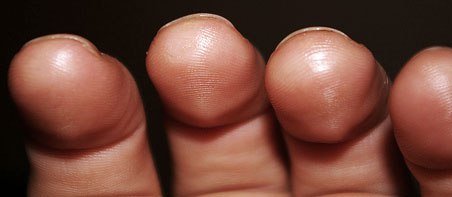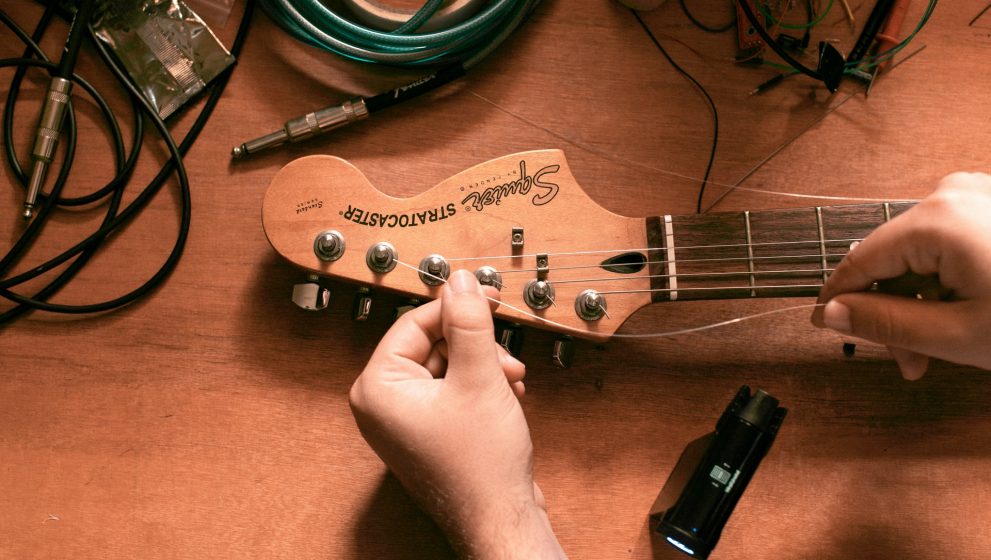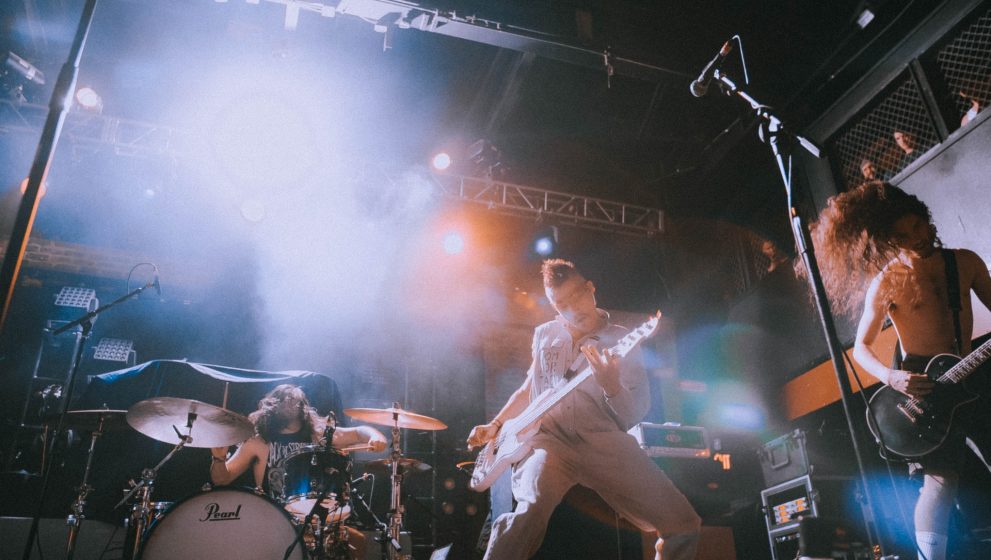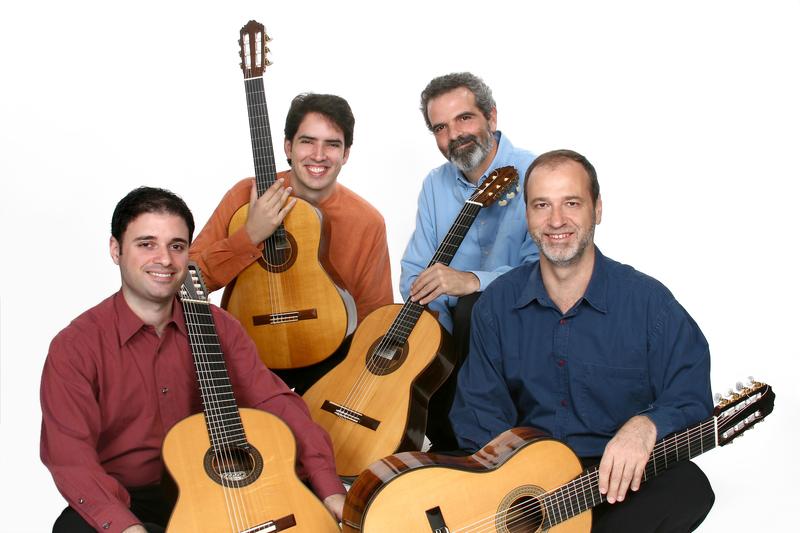How to develop guitar calluses
Are you a newbie acoustic guitar player who has been playing for a few days? Do you want to know how to develop guitar calluses on your left-hand fingertips faster? Are your fingertips hurting after playing for a while?
Are you wondering if you should stop playing when it starts to hurt or just continue playing to build guitar calluses? First of all, playing the guitar should be fun. Do not think about building guitar calluses when playing guitar. Just enjoy it while you play your guitar instead. However, when your fingertips build calluses, fretting the guitar strings will be easy and comfortable.
Before your fingertips build-up guitar calluses, it will hurt. But do not worry about that because you are not going to die anyway. Every guitarist is going to pass through this stage. The usual way to develop guitar calluses is to practice, practice, practice. Try not to soak your fingers in the water so it will develop calluses faster. When you play guitar all the time, guitar calluses naturally develop.
Do not press the strings too hard so that you will have more time to practice before it gets soar. Only press the strings hard enough to get a good tone. When your fingertips start to hurt, keep going because guitar calluses develop faster this way. If you can’t take the pain anymore, try to rest for an hour or two then practice again. Just remember that the hard work you put into your practice will pay off in the end.
Your fingertips will eventually get guitar calluses after a month or less depending on how much time you spend playing your guitar. A guitarist usually keeps playing which will keep his guitar calluses thick and hard. I remember getting my fingertip sliced by a sharp string only to find out that the cut was just half the thickness.
Ruff Rider Ruff Grip Callus Builder Caps (Standard)
Sometimes I can feel the heat like it is burning without hurting my fingertips when I play a lot of slides on several songs while practicing for long hours straight. Here are some tips to get guitar calluses other than playing guitar. Put your fingertips into hot water with salt. Not too hot that you can get a first degree burn on your skin. Do this a few minutes a day for one month or less.
Some people say that soaking your fingertips with any liquid water will just soften your skin and therefore won’t develop any guitar calluses. They say that it will make your skin crack and will get even painful. Put your fingertips in pickle juice to help build guitar calluses. I am sure that most of you know what pickle juice is. Or you could use your own urine instead of a pickle juice if you want.
A quick way to build up guitar calluses
Have you been playing bass guitar for many months now and still can’t get the guitar calluses you want for your fingers? Are you getting blisters instead and can hardly touch anything without hurting your fingertips instead? Are you looking for ways to build up your guitar calluses other than what you are currently doing?
I have some good ideas to share with you.
Try to use rubbing alcohol. This will help develop guitar calluses on your fingertips faster. However, some people find alcohol breaks their skin. So just try it for yourself and see how it goes for you. Another thing is to soak your fingertips into hot water with salt dissolved in it. Again, some people find this method not true. So feel free to try it and see it for yourself if it will build some guitar calluses or not.
Washing your hand with tap water will soften the skin of your fingertips. I am not going to suggest you to not wash your hands at all. However, you can clean your hands using a hand sanitizer instead of water and soap. A hand sanitizer keeps your hand dry and this will speed up getting your guitar calluses.
And like I explained earlier, you just have to keep playing your guitar over and over even if your fingertips start to hurt a bit. This will guarantee you to get the guitar calluses you want. And stop playing for a while when it really gets painful. The more you practice your guitar, the better, and the faster you get your fingertips callused. But you do not have to press the string too hard to get guitar calluses.
Just relax and play as comfortably as you can. I advise you to keep playing your guitar to get guitar calluses faster rather than soaking your fingertips in water. Practicing is the best way to get calluses. The more you play the more you get guitar calluses. The calluses will develop naturally depending on how much time you spend playing your guitar. It’ll start to sting less when you continue to play each day.
Build guitar calluses over weeks
Just keep your practice going. It will take time. When I first started, I played a couple of times a day. I just stopped when it hurts and when I get tired. The guitar calluses will surely start building up over time. Avoid quitting. I tried stopping to play my guitar for a few months straight. My calluses disappeared faster than the time I spent building them.
Any guitar teacher or instructor will tell you to keep playing and practicing all the time. Setting aside half an hour a day practicing your guitar is already a good investment to earn your guitar calluses. Of course, the more you put the time in it is better and it will not only build up your calluses but it will improve your guitar playing as well which is more important by the way.
Take a break once in a while. You will get used to playing while it hurts and you will start to …






